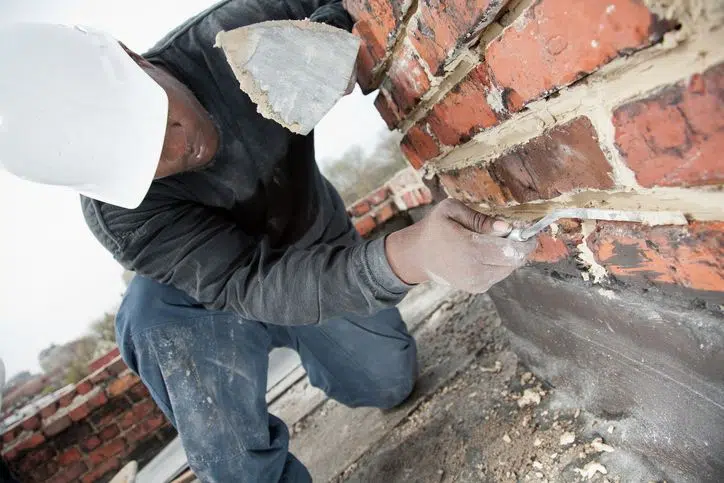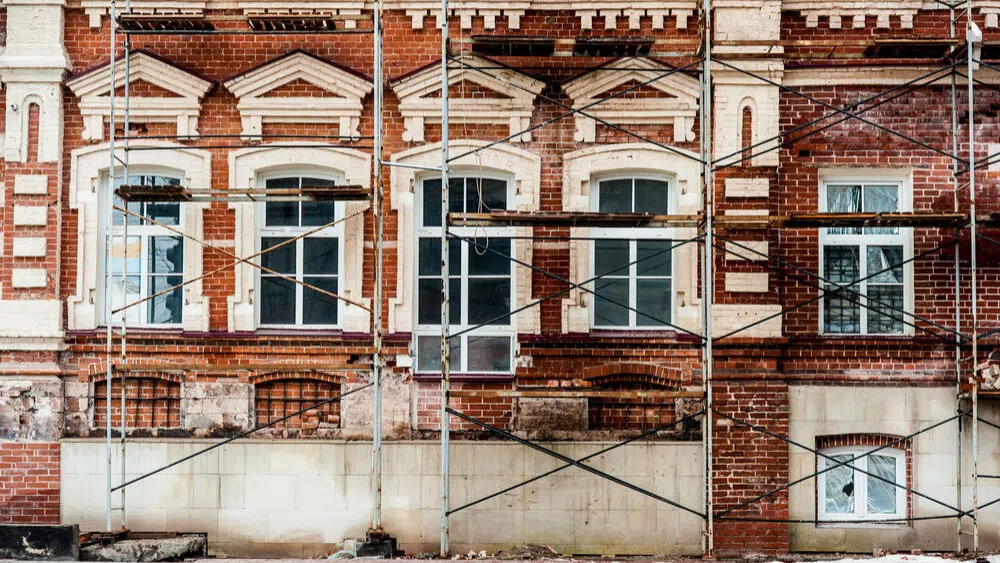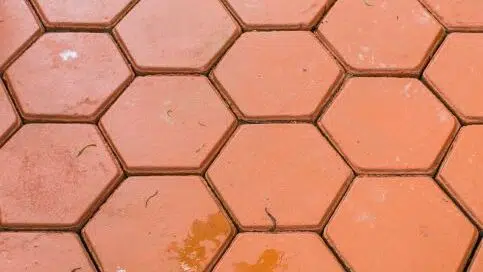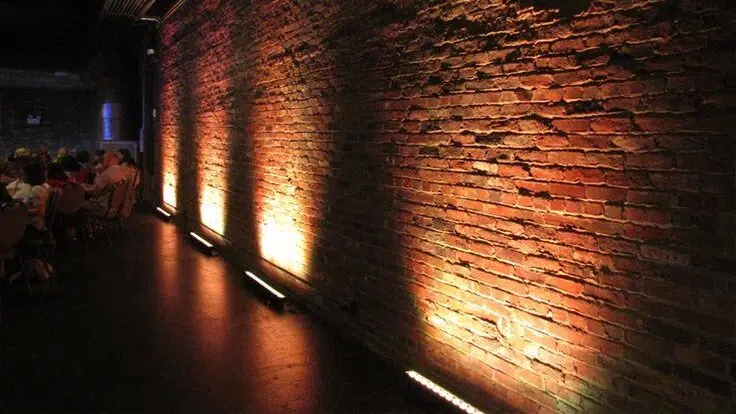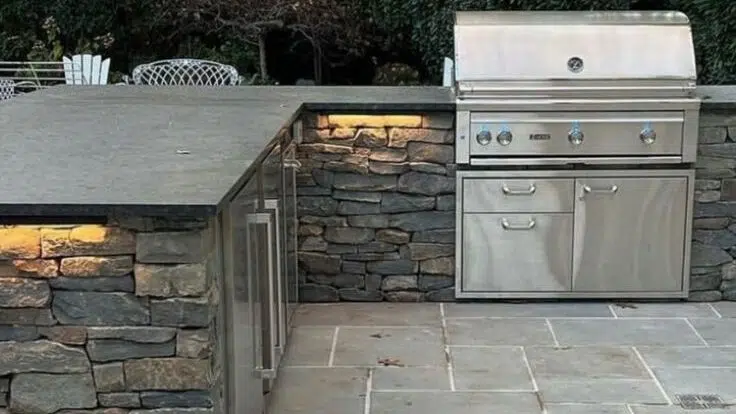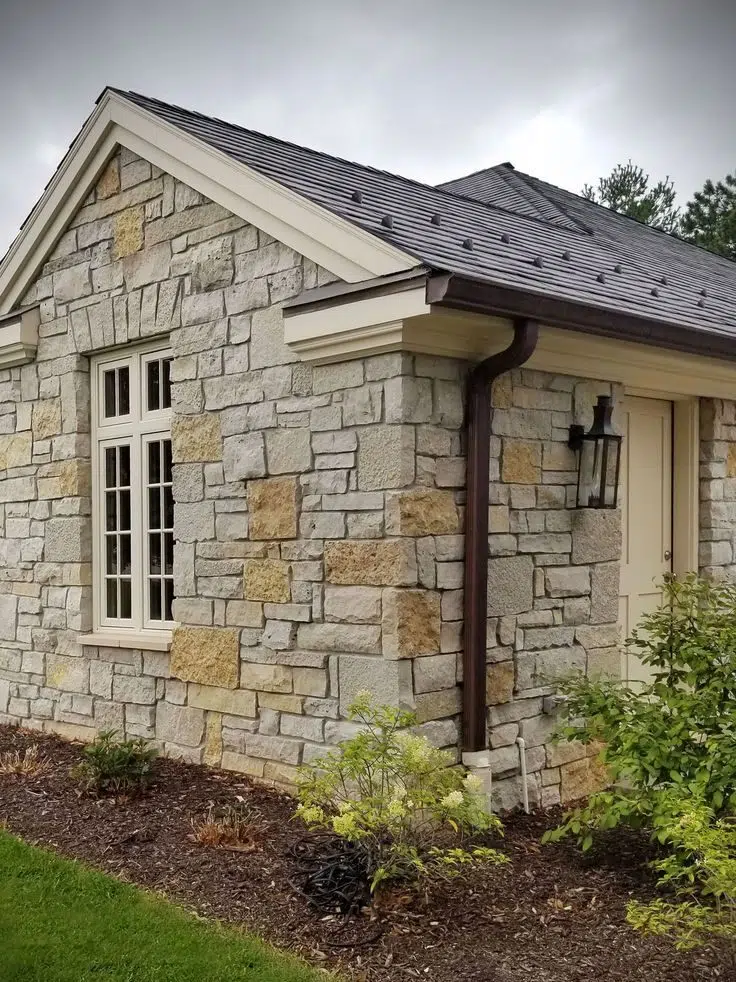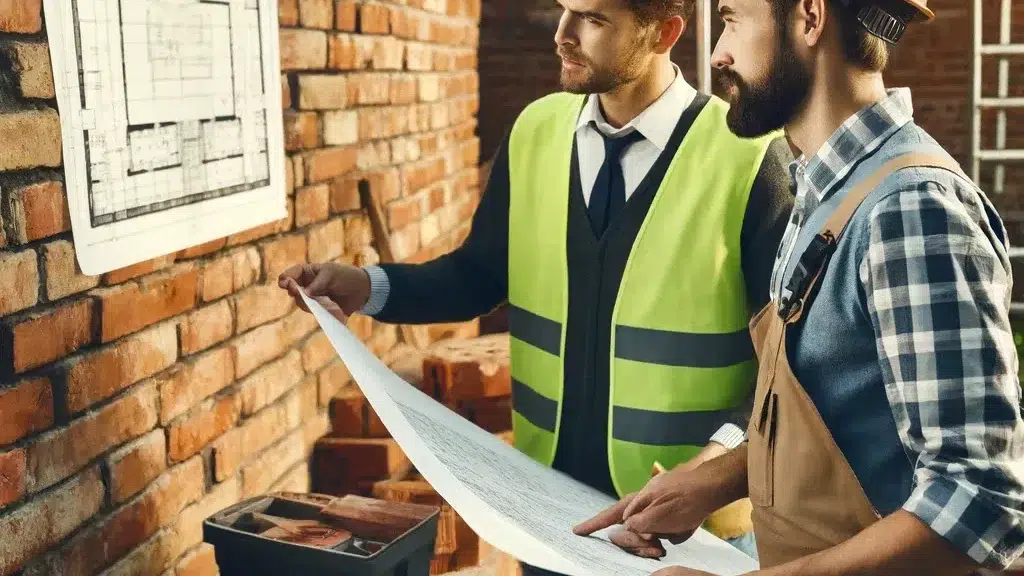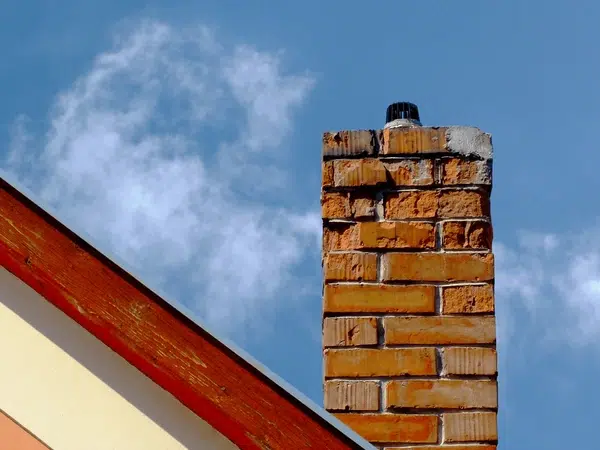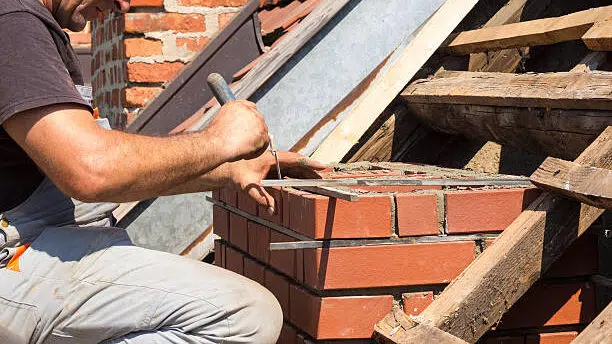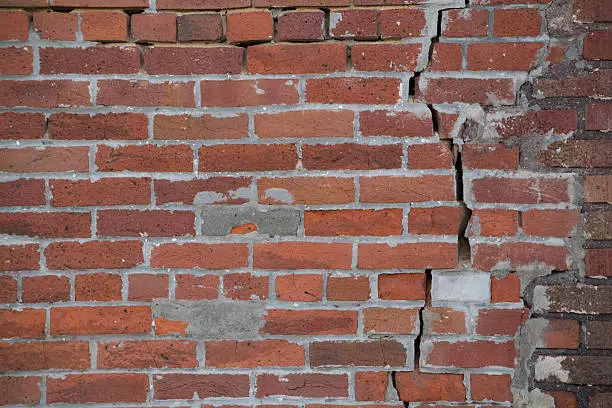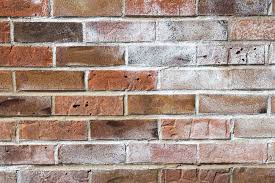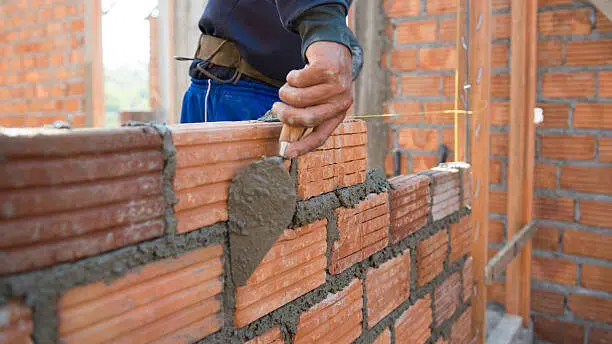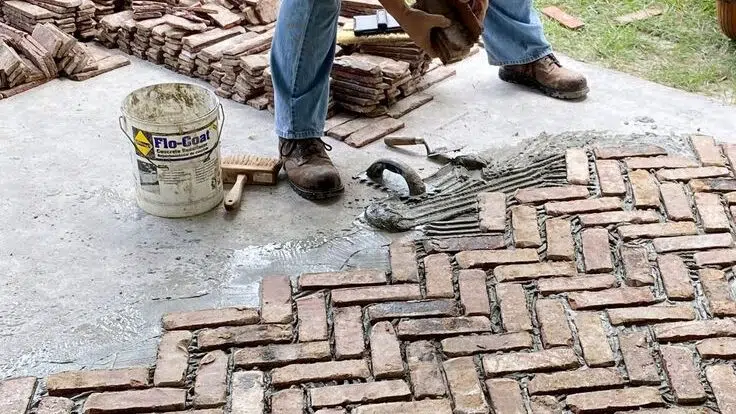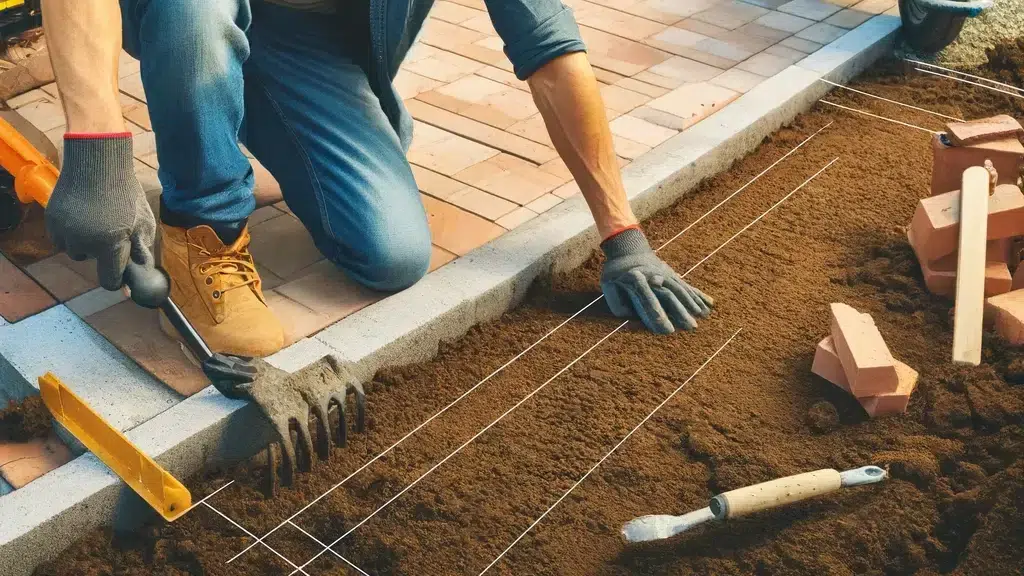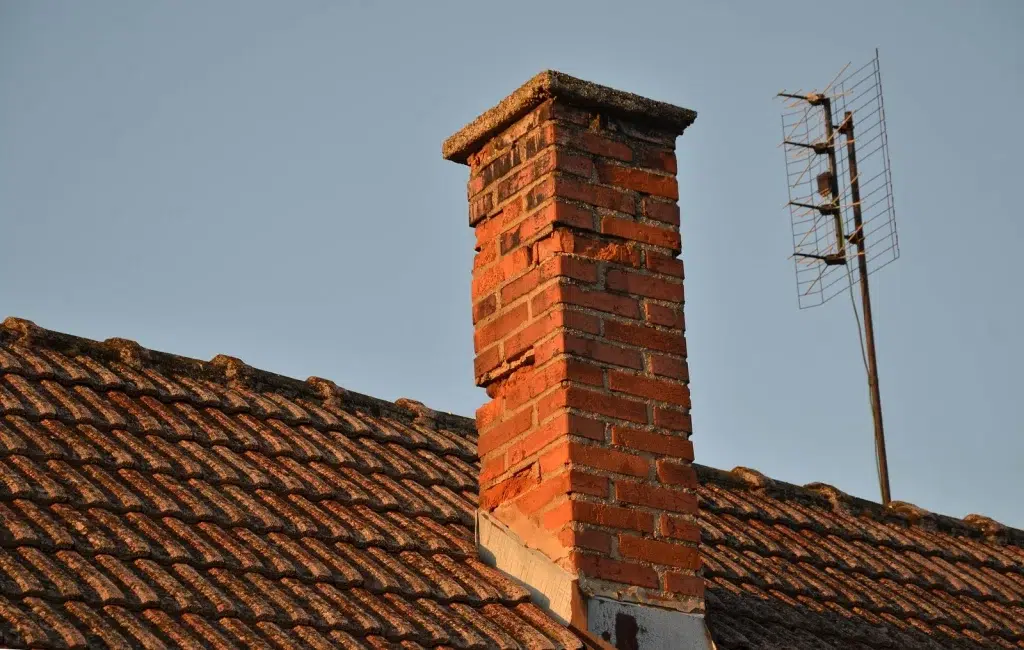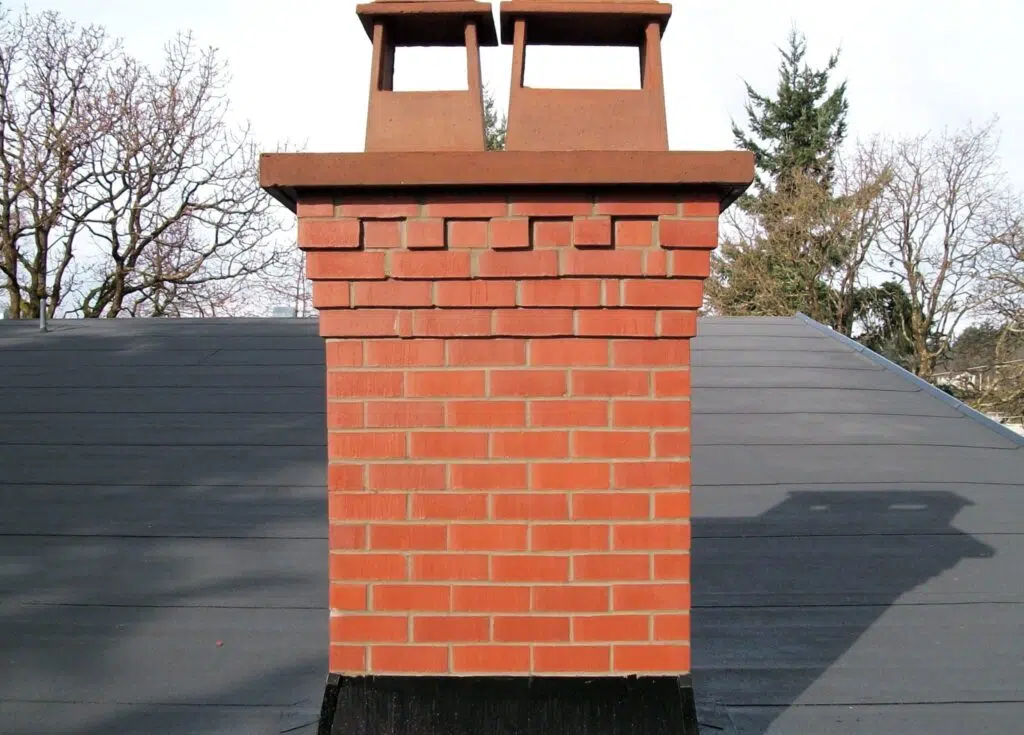Introduction to Tuckpointing Services
Tuckpointing is a great way to improve the look and strength of brick walls. It involves taking out damaged mortar and replacing it with new mortar that matches color, size and texture. It’s an effective home improvement option for preventing water leakage, mold growth, insect infestation and structural damage. Plus, it increases your property’s value and extends its lifespan!
Professional tuckpointing services have an edge over DIY methods. Experienced masons use specialized tools and techniques to create neat, straight-lined patterns that make your building look great. They also inspect the bricks for signs of wear and tear, like cracks and spalling, and reinforce them as needed.
It’s not just about aesthetics – tuckpointing has practical benefits too. It can make your house more energy efficient, and reduce noise pollution by absorbing sound waves through dense mortar joints. That means better comfort and wellbeing for you!
Take Susan’s case as an example. She was having dampness in her basement due to water seepage through her old bricks. She tried to fix it but couldn’t see the underlying issues. Then, she hired a professional tuckpointer who found multiple issues needing quick repair. Susan avoided high costs down the line and felt secure in her investment for years to come.
Make your house look stunning and benefit from practical advantages – upgrade with professional tuckpointing services!
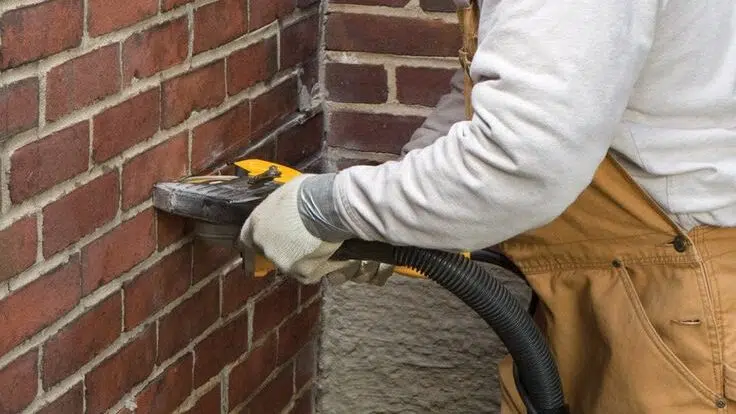
Benefits of Professional Tuckpointing Services
As a homeowner, considering professional masonry services such as tuckpointing can provide numerous advantages for your home improvement needs. Tuckpointing services can enhance the appearance and longevity of your home’s masonry by repairing damaged mortar and preventing further deterioration. Below are six benefits of professional tuckpointing services:
- Improves your home’s appearance and curb appeal
- Guards your masonry against weather-related damage
- Extends the life span of your masonry
- Increases the value of your property
- Saves money on future repairs by addressing issues early on
- Enhances energy efficiency by providing a better seal for your home
In addition to these benefits, professional tuckpointing services can address specific issues unique to your home, such as foundation settlement or water damage. A pro tip is to schedule routine tuckpointing maintenance to keep your masonry in good condition, saving you money and headaches in the long term.
Don’t let your home look like a block of Swiss cheese – invest in professional tuckpointing for a flawless masonry finish.
Enhanced Appearance of the Masonry
The skill of a tuckpointer can elevate masonry to new heights. Refinishing materials, tools and techniques all help to create a beautiful finish. Plus, the versatility makes it easy to customize residential or commercial properties. This look is eye-catching and increases property value.
Tuckpointing also helps maintain the structural integrity of masonry. It stops water seepage, mortar decay and expanding cracks. Brick cleaning and roof maintenance are important too.
Brick Restoration Inc., an expert restoration firm, says that tuckpointing is essential for delicate brick and stone structures. Professional help gives a pristine finish. Don’t wait until the wall crumbles – trust the professionals to protect your masonry.
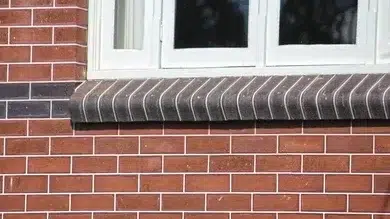
Protection of the Masonry from Damage
Say goodbye to crumbling bricks and hello to a long-lasting fortress with professional tuckpointing services! They provide protection from wind, rain and extreme temperatures. Mortars and sealants prevent moisture from entering the masonry wall. This preserves the building’s original design and extends its lifespan.
Tuckpointing also replaces damaged or worn mortar between bricks. Plus, the new mortar’s color and texture blend in, leaving no unsightly patches. To get the most out of tuckpointing, hire an experienced pro who uses top-notch materials. Don’t forget to ask for a warranty!
Regular maintenance by a professional tuckpointing contractor keeps your building looking great. It also adds years to its life.
Increases the Longevity of the Masonry
Professional tuckpointing services can boost the endurance of masonry structures. By replacing old mortar joints, experts safeguard the structure from water damage. This minimizes structural failure and makes it longer lasting.
High-quality materials used by professionals make sure the structure won’t simply wear out. It also keeps the building looking great, by replacing chipped or worn bricks with fresh new ones.
DIY repairs are not recommended, as they often lack the necessary skills and knowledge. Investing in this service can save you money in the long run by avoiding costly structural damages.
Hire professional tuckpointing services now – your valuable investment will thank you! Plus, it can even save you money on energy bills – who knew mortar could be so efficient?
Improves Energy Efficiency of the Building
Tuckpointing services provide an airtight sealant between bricks, for better insulation and heat retention, reducing energy consumption. It’s a cost-effective way to fix air leaks through holes and cracks. Plus, it increases curb appeal, stabilizes structural integrity, and extends the lifespan of buildings.
The National Park Service Guidelines for Historic Buildings state that “properly executed tuckpointing will last twice as long as improper repointing.” Stand-alone savings can be achieved over time with lower energy bills.
So, invest not only in cosmetics but also in your future net worth. Professional tuckpointing can actually increase your property’s value.
Enhances the Overall Value of the Property
Upgrade your property’s worth with professional tuckpointing services! These can make your property more attractive to buyers or renters, boosting the re-sale or rental value. Plus, freshly tuckpointed walls offer better protection against water damage and costly repairs.
Customize the mortar color to match the original brick hue. It’ll improve the building’s visual aesthetics and mark any imperfections in other parts of the structure.
Choose top-quality materials for long-term savings and higher retention values. Superior products last longer than standard materials, and methods like flush cut or recessed joint can improve appearance and provide structural benefits.
For reliable results, hire expert professionals. They use relief cuts with containment mechanisms, and ionic differentiation systems or anti-electrostatic shields can protect against cracking due to moisture.
Protect your investment – get the best tuckpointing services!
Importance of Hiring Professional Tuckpointing Services
Professional Tuckpointing Services for Enhanced Home Improvement
When it comes to masonry repair, it is crucial to consider the benefits of availing tuckpointing services from professionals. This ensures that the repair work is completed to a high standard, providing enhanced durable and aesthetic benefits for homeowners.
With their expertise, professional masonry contractors can assess and accurately diagnose the extent of required repairs. They use advanced tools and techniques to complete the work, ensuring that the finished product is of the highest quality.
In addition, professional tuckpointing services offer unique benefits such as color matching to the original brickwork, ensuring seamless looks, and protection against future damage from harsh weather conditions. Overall, homeowners can enjoy increased property value and pride in their well-maintained homes.
A true history showcases the significance of professional tuckpointing services. Historically, buildings required frequent repair due to mortar damage and weathering along the joints. However, the introduction of tuckpointing by professional masons in the 17th century transformed this. It allowed for precise and durable brickwork repairs, which are still used today by professionals for long-lasting results.
If you want your bricks to stay put, you better trust the experts who have been tucking them in for years.
Expertise in the Field
Having a team with lots of know-how and skill in tuckpointing will give you a durable and great-looking finish. Skilled professionals can suggest the best materials for the job and the methods to use. They can also spot any issues before they become bigger problems, saving time and money. So, it’s important to use professionals when you need tuckpointing.
Pros have the tools and gear for precise workmanship. They know about the latest trends and techniques, giving you the best results.
They also provide extra services, like cleaning, sealing, maintenance, and repair. This helps keep the quality of the work without much effort from you.
Attempting DIY tuckpointing can lead to bad results, like uneven finish or damage. So, it’s best to trust experienced pros for intricate tasks like this. Don’t try to do it on your own.
Utilization of High-Quality Equipment and Materials
Superior-grade machinery and materials are a must for tuckpointing. Quality equipment makes operations go smoothly and allows for quick results. The table below shows the advantages of using high-quality tools and materials for tuckpointing:
| Benefits | Details |
|---|---|
| Efficient Work | High-end machinery speeds up jobs and finishes them on time. |
| Satisfactory Results | Top-notch materials offer protection from decay and erosion. |
| Increased Longevity of Masonry | Using first-class parts boosts the structural integrity and life of masonry work. |
Professionals make sure top-notch components are used so that the masonry can withstand all kinds of weather and last a long time. Don’t forget to use high-quality instruments and materials for your masonry. Get professional tuckpointing services now! Avoid DIY tuckpointing unless you have plenty of time and money.
Time and Cost Savings
Professional tuckpointing services can save you time and money. Here are four key points:
- Up-front cost savings: Professional services may be more expensive initially, but the quality of work means it will last longer.
- Time savings: Professionals have access to specialized tools that make the job faster.
- Reduced risk of errors: Tuckpointing needs expertise, so a professional is best.
- Safety first: Doing it yourself increases the risk of injury.
Plus, professionals may spot underlying issues with masonry before they become bigger problems.
And, according to an article in Modern Contractor Solutions, opting for a less experienced person or DIY-ing may lead to more costs and damages.
Safety regulations shouldn’t be skipped – leave that to the parachute-less skydivers.
Compliance with Safety Standards and Regulations
Security protocols and regulations must be followed when doing a tuckpointing project. Professional tuckpointing services have standard procedures for meeting safety rules. Their workers wear protective gear and secure the job site to avoid accidents or injuries.
Reliable tuckpointing professionals use the correct products that meet industry codes. They handle hazardous materials and waste correctly. Clients can trust them to know the latest rules for tuckpointing.
Safety standards must be followed for more than legal reasons. It creates a safe place for everyone involved in the project, such as homeowners, workers, and passers-by. The safest way of protecting yourself is to hire professional tuckpointing services.
Pro Tip: Get the contractor to document their safety procedures in official contracts or written agreements to avoid any misunderstandings later. Don’t go for a tuckpointing service that makes lots of promises but delivers nothing – consider these points to ensure a great job.
Factors to Consider When Hiring Tuckpointing Services
Choosing the right tuckpointing service for your masonry needs can be a daunting task. Here are the factors you should consider before hiring professional tuckpointing services:
- Experience: Consider the number of years the company has been in business and the level of experience of their workers.
- Reputation: Do your research and check the company’s reviews, ratings, and feedback from previous clients.
- License and Insurance: Ensure the company has the necessary licenses and insurance to operate in your area.
- Positive Attitude: The right tuckpointing service should be proactive, responsive, and have excellent customer service.
- Cost: The cost of hiring tuckpointing services should be within your budget, but do not compromise on quality.
It is also important to ask for references and a detailed contract that includes the scope of work and payment terms.
Did you know that according to a survey conducted by Home Advisor, the average cost of tuckpointing in the United States is $800-$1500 for a 100 square foot area?
With a team of highly skilled and experienced masons, you can trust that your tuckpointing needs are in good hands.
Experience and Qualifications of the Company
When selecting tuckpointing services, evaluate the company’s expertise and qualifications. Seek out a firm with lots of experience in all types of projects, like custom designs and brickwork restoration. A company with certified professionals ensures quality work that meets industry standards.
Hire a firm that invests in education and training for employees. This ensures their team is up-to-date on the latest trends and technology, and follows safe practices. Firms with portfolios of completed works give you an idea of their capabilities.
Get licensed and insured contractors. Insurance shields you from any damages or accidents that may happen during the project. Licensing shows the company is credible and upholds ethical standards.
Pro Tip: Always request references from past clients to learn about their experience with the tuckpointing service provider before committing.
Availability of References and Portfolio of Previously Completed Projects
When hunting for tuckpointing services, it’s key to review clients’ feedback and the contractor’s portfolio. This lets you assess the quality of their work and client satisfaction rate.
- Client references give insight to contractors’ professionalism and work habits.
- A portfolio showcases the contractor’s craftsmanship and capabilities in different applications, materials, methods, and locations.
- A reliable contractor usually posts a detailed portfolio with photos and videos.
It’s essential to look into these aspects when selecting a tuckpointing contractor. Doing so helps avoid any expensive surprises or headaches. But, if you don’t check the contractor’s track record, the quality of work could be disappointing or over budget. That’s why it’s important to examine tuckpointing services before signing a contract. Otherwise, you might as well be hiring a magician!
Written Contract and Pricing
When you’re choosing a tuckpointing service, it’s important to think about the contract terms and costs. A clear contract shields both parties from any miscommunications or issues.
Evaluate these elements in the agreement:
- Contract Terms: What services are included, timelines, warranties.
- Pricing Structure: Breakdown of costs – materials, labor, disposal fees.
- Payment Terms: Payment schedule, due dates and payment methods.
- Termination Clause: Circumstances for terminating agreement and how it affects payments already made.
Be sure these contractual items are present before engaging a tuckpointing service. Additionally, be open to communication with the contractor if you need extra work or mid-way modifications.
Home Advisor research reveals the average national cost for tuck pointing/smooth finishing is $2,840-7,230. Make sure you’re covered with insurance and a good warranty, just in case the walls come tumbling down.
Insurance Coverage and Warranties Offered
It’s essential to consider the insurance coverage and warranties when you’re looking for a tuckpointing service provider. Check what specific policies they offer. Make sure they cover any damage that may happen during the project.
HomeAdvisor says the national average cost for tuckpointing can be between $500 and $2,500.
These factors can help you pick the best tuckpointing service. Avoid bad jobs – they’d crumble your expectations!
Conclusion
Invest in professional tuckpointing services for your home! It has multiple benefits. It improves the look, strengthens the structure, and increases resale value. Trained professionals will fix any damage with precision.
Plus, it helps prevent structural damage from moisture. Masons use superior materials that resist weather conditions. This reduces the risk of water damage and mold growth.
It saves time and money in the long run too. Inexperienced homeowners often cause more harm than good when they try to do repairs themselves. Fixing the damages costs more than professional services from the start.
Take action now and safeguard your home’s structural integrity with professional tuckpointing services!
Frequently Asked Questions
- What is tuckpointing, and how can it benefit my home?
- Tuckpointing is a process in which a professional mason removes old, deteriorated mortar and replaces it with fresh mortar. This process not only removes unsightly cracks and gaps in your home’s masonry, but it also improves the overall structural integrity of your building. By hiring a professional tuckpointing service, you can prevent further damage to your home and increase its aesthetic appeal.
- How long does a professional tuckpointing job take?
- The length of a tuckpointing job depends on the size and complexity of your home’s masonry. For most homes, a professional tuckpointing service can complete the job in 1-2 days. However, larger or more intricate homes may require additional time for completion.
- Will tuckpointing make my home more energy-efficient?
- Yes! Tuckpointing can help seal up gaps and cracks in your home’s masonry, which in turn reduces air leaks and can save you money on heating and cooling costs. Additionally, by improving the structural integrity of your building, tuckpointing can increase the overall efficiency of your home.
- What should I look for in a professional tuckpointing service?
- When searching for a professional tuckpointing service, make sure to look for experienced masons who are licensed and insured. Additionally, be sure to read reviews and ask for references to ensure you are working with a reputable company.
- Can I attempt to tuckpoint my home myself?
- While it is possible to tuckpoint your home on your own, it is not recommended. Tuckpointing requires specialized skills, tools and materials, and when done incorrectly, can cause serious damage to your home’s masonry. To ensure that your tuckpointing job is done properly and safely, it is best to leave it to the professionals.
- Will tuckpointing increase the value of my home?
- Yes! A professionally tuckpointed home not only looks better, but it also has improved structural integrity, making it more attractive to potential buyers. Additionally, tuckpointing can help prevent further damage to your home’s masonry, which means less time and money spent on repairs in the future.

